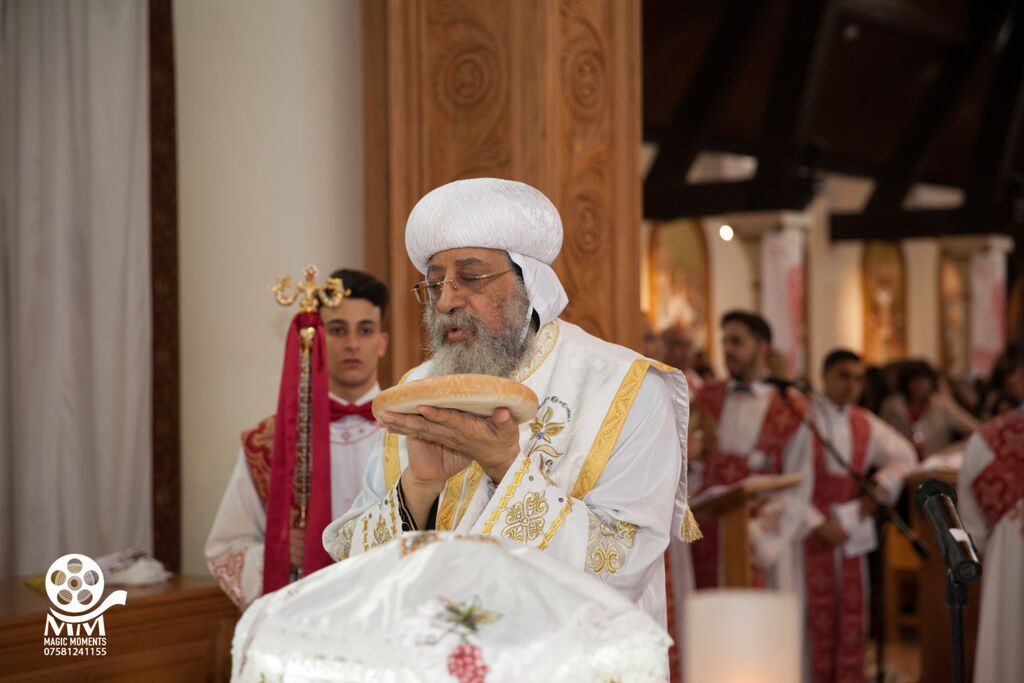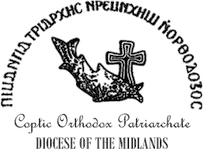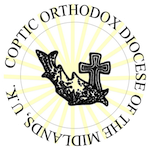
The Feast of the Nativity 2023
In the name of the Father, the Son, and the Holy Spirit, one God, Amen.
I congratulate all of you on the glorious Nativity Feast and for the beginning of the New Year 2023. I wish to send congratulations from the land of Egypt to Coptic dioceses and churches all over the world: In Africa, Asia, Europe, Australia, North America, and South America. I congratulate all of you on behalf of the Holy Synod of the Coptic Orthodox Church and all the Copts in Egypt. We congratulate everyone for the glorious Nativity Feast according to the eastern [Julian] calendar, and the Coptic calendar (Anno Martyrum) in which we celebrate the feast on the 29th of Kiahk every year.
In the Nativity Feast, we encounter many viewpoints, however one of the most famous ones for this feast is the declaration, according to the prophecy, that “Bethlehem is not the least in the land of Judah” (Micah 5:2). Bethlehem was a small and an unknown village, but it has become the most famous in the world and it boasts that Jesus Christ was born on its land in a small manger. The word “least” draws our attention to the little things in the Nativity story.
First: We come across the star. A star as we know may appear very small in the sky as we see it from the earth. But the Nativity star had more than one characteristic; it migrated and halted as the Magi needed to stop for resting during their long journey. The star was a guide and led the Magi who came from far East to present their gifts of gold, frankincense, and myrrh. However, what we care more about here is the existence of the star as it raises our vision towards heaven, referring to the heavenly life. It is as if the Nativity narrative appears with this star to send us, who are on earth, the message that our life should be heavenly. The heavenly life is a luminous life, and we need it since earth is filled with sin, evil, and many defilements. When a person rises above, he becomes like a star, and becomes luminous—that is the heavenly life. St. John Chrysostom has a wonderful saying: “To be a sun, a moon, or even a star, the important thing is to be in heaven.” The sun may symbolize a well-known person, the moon for the lesser-known person, and the star for an unknown person. Just like the Nativity star, or the village of Bethlehem. What is important is that the person lives his life in heaven.
Second: A tradition in the Nativity scene, is the Christmas tree. The Christmas tree is an evergreen tree that reminds us of Psalm 1 that we pray as an introduction to the psalms, when we say about the person who walks in the way of God to be “like a tree planted by the rivers of water, that brings forth its fruit in its season, whose leaf also shall not wither; and whatever he does shall prosper” (Psalm 1:3). The tree sends us a message to be fruitful in life. Your life ought to be fruitful all year round. Fruitful in virtues, fruitful in good conduct, and fruitful in having good relationship with everyone. The Christmas tree is rooted in the ground, teaching us to be steadfast and to be in a state of growth. Moreover, the tree always symbolizes heaven, as it always points to the heaven from year to year. When it grows, it raises its eyes and heart to heaven.
Third: One of the many nativity messages we see in Bethlehem is when St. Joseph the Carpenter went with our mother, St. Mary, and they could not find a place because of the census that was being taken at that time. We see that all of Bethlehem was crowded and there was no vacancy, yet the owner of an inn directed them to the manger. We do not know if the manger was suitable to host anyone, it is for animals only. However, he still directed them to it instead of saying that he has no place for them. Here, the image of a servant appears, or the life of service. A life of service to others requires the avoidance of saying “I don’t have,” or “There isn’t any,” or “No.” He found this manger—it is a manger, but more of a barn for animals such as the ox, the donkey, and some other animals. It became a warm, bright, and famous place in the whole world. The service provided by the owner of the inn, whose name is unknown, was performed with love and it solved the problem. The servant is one who can solve a problem and always avoids rejecting a request to serve or help others. Therefore, Bethlehem became “not the least in the land of Judah”—it became famous throughout the world.
These are Nativity messages: The star refers to the heavenly life; The tree refers to the fruitful life; And the manger refers to the life of service. These messages, and others, I wish to present to all in every church and diocese; to the fathers the bishops, the metropolitans, and the priests; to church boards, deacons, and all the people, youth, and children in every church and every place that has Copts celebrating the Nativity Feast this day. I send my greeting and love to everyone from the land of Egypt, the land of St. Mark the Evangelist, our beloved nation. I congratulate all of you and wish you all goodness this new year.
Happy New Year and Merry Christmas.
H.H. Pope Tawadros II









